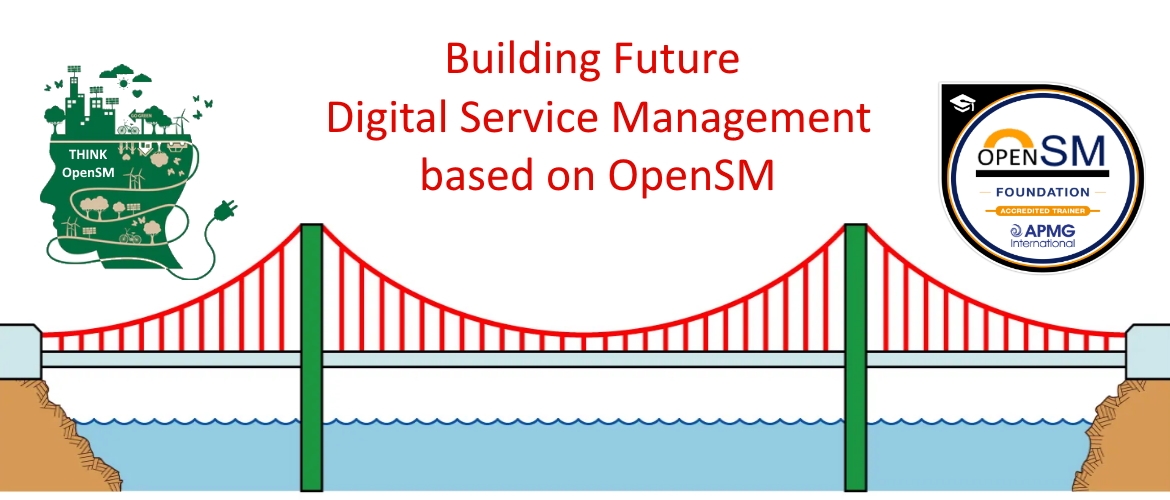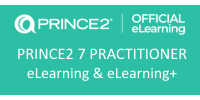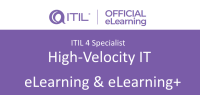The idea for the OpenSM™ creation came from the understanding that the existing ITSM framework, for several reasons, do not fully fit with the needs of the most of the IT Service Providers and IT Departments in the European area and also in other emerging countries. The average level of maturity toward Service Management Practices of those organizations doesn’t allow many of them to adopt directly the advanced guidelines proposed by the latest versions of the established framework such as ITIL™ or Cobit™, for example, or to aim to an ISO/IEC20000 certification, that requires a full coverage of all the processes. Other existing models, was evaluated by the creators of OpenSM™, lacked in an overall structure to guide an ITSM implementation, focusing only on the processes (Such as FitSM™), or in actual guidance on the practices themselves (Such as VeriSM™).
The idea for the OpenSM™
OpenSM™ is actually the only ITSM framework that offers a structure (Through its operating model), and a sustainable guidance on the practices that fits with the average maturity level of of the most of the companies in the geographies mentioned above, being also able to take into consideration the latest technological and methodological trends.
Sustainable IT Service Management (what is it is, why it is important, how it makes OpenSM different to other ITSM certifications)
The Sustainability of the organization is probably the most urgent trend of this decade, and maybe of the whole century. Environmental impact, but also social aspects and other elements of sustainability are becoming more and more important for all the companies. Being the IT services so directly related to the business processes, their management cannot ignore to such issues. For that reason, when OpenSM™ was formulated, one of the embedded, structural elements to be considered was the IT sustainability, encompassing environmental, social, workplace and procurement aspects of the IT Service Provider and related stakeholders. This native inclusion, present even in the foundation level of knowledge of the framework, strongly differentiates OpenSM™ from all the existing models, still remaining able to integrate with those, and to allow organization to switch to OpenSM™ even if they already made investments in other approaches, thanks to the consistency of the terminology and to the analogies that can be found with those frameworks.
Source: OpenSM







